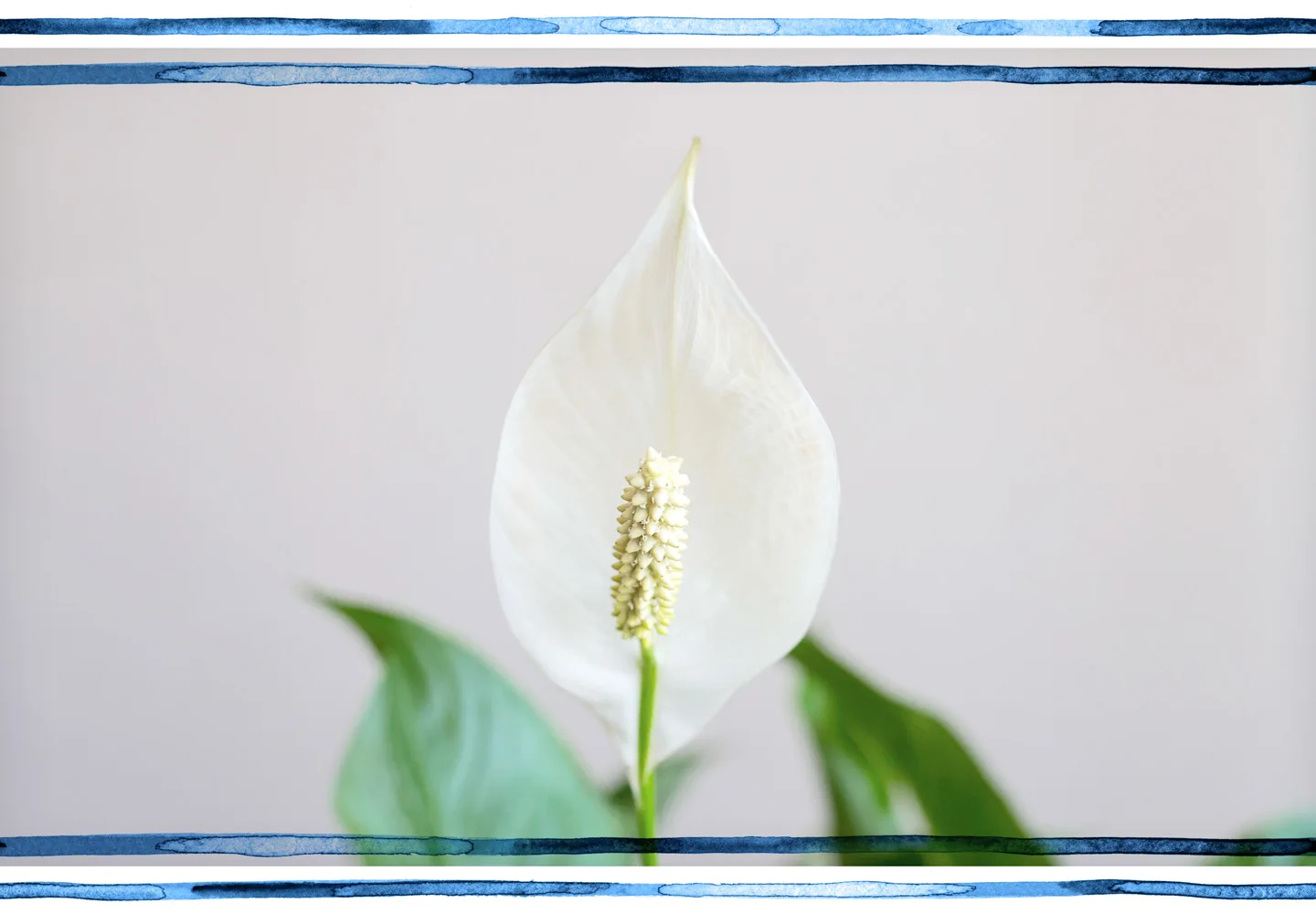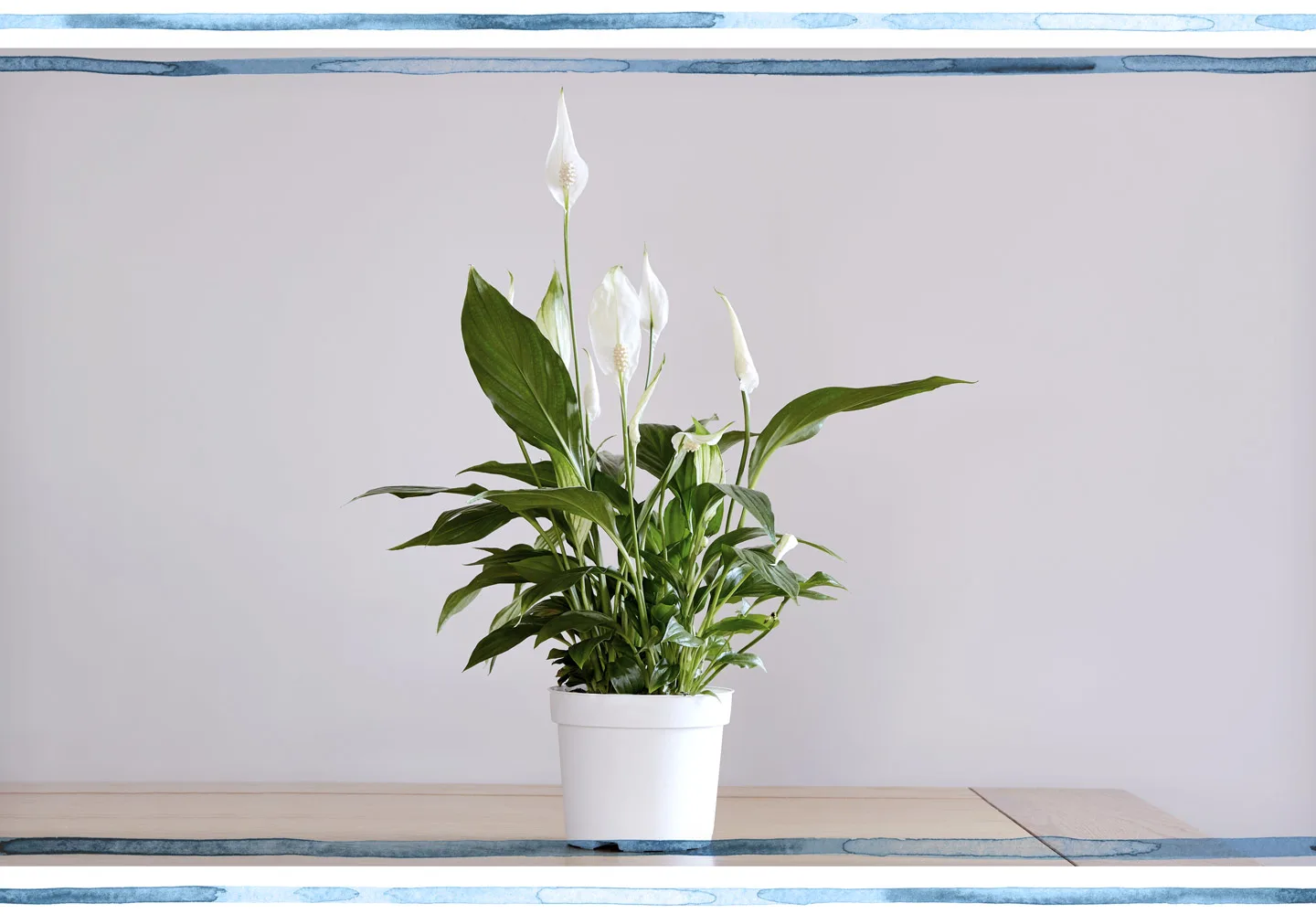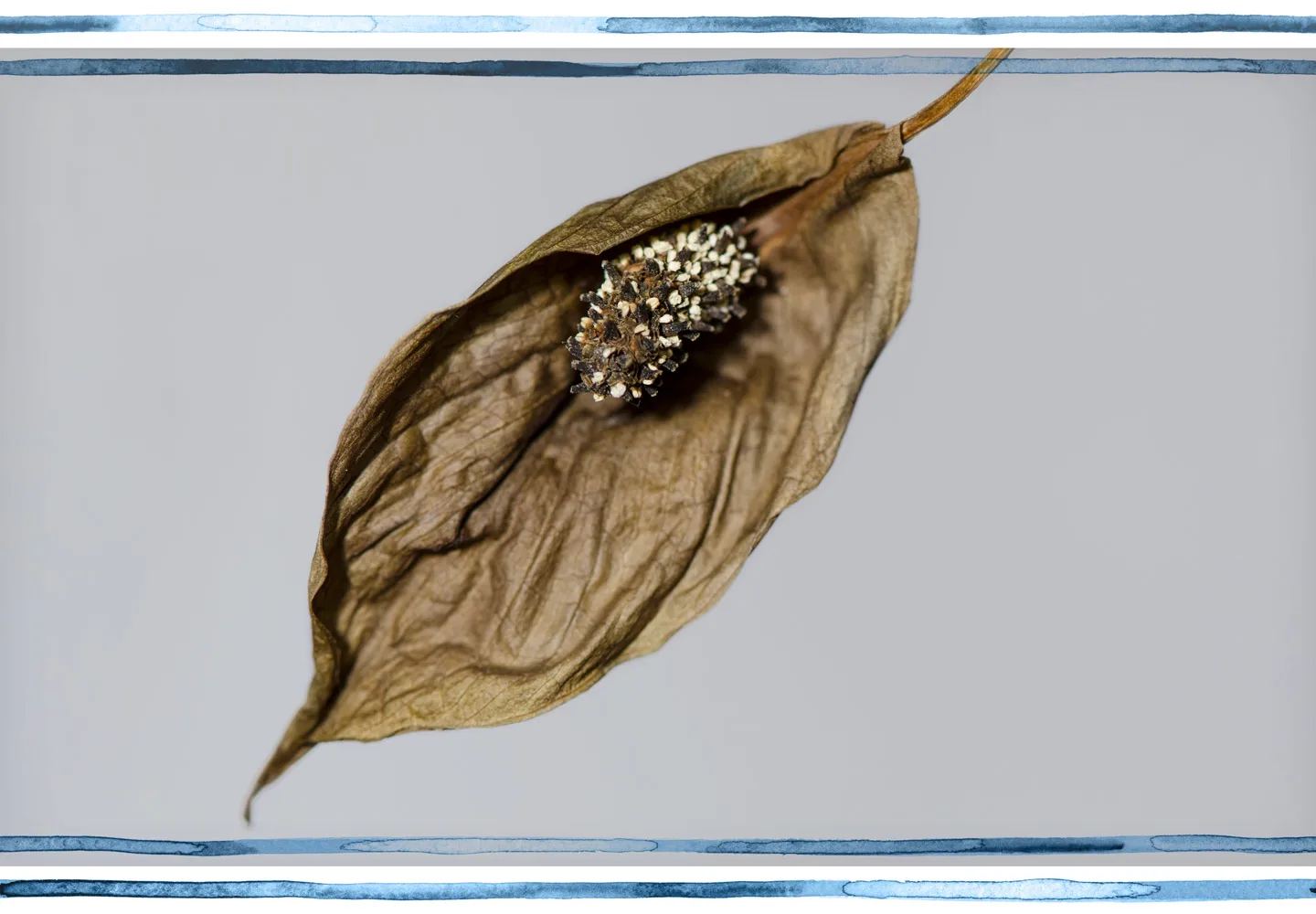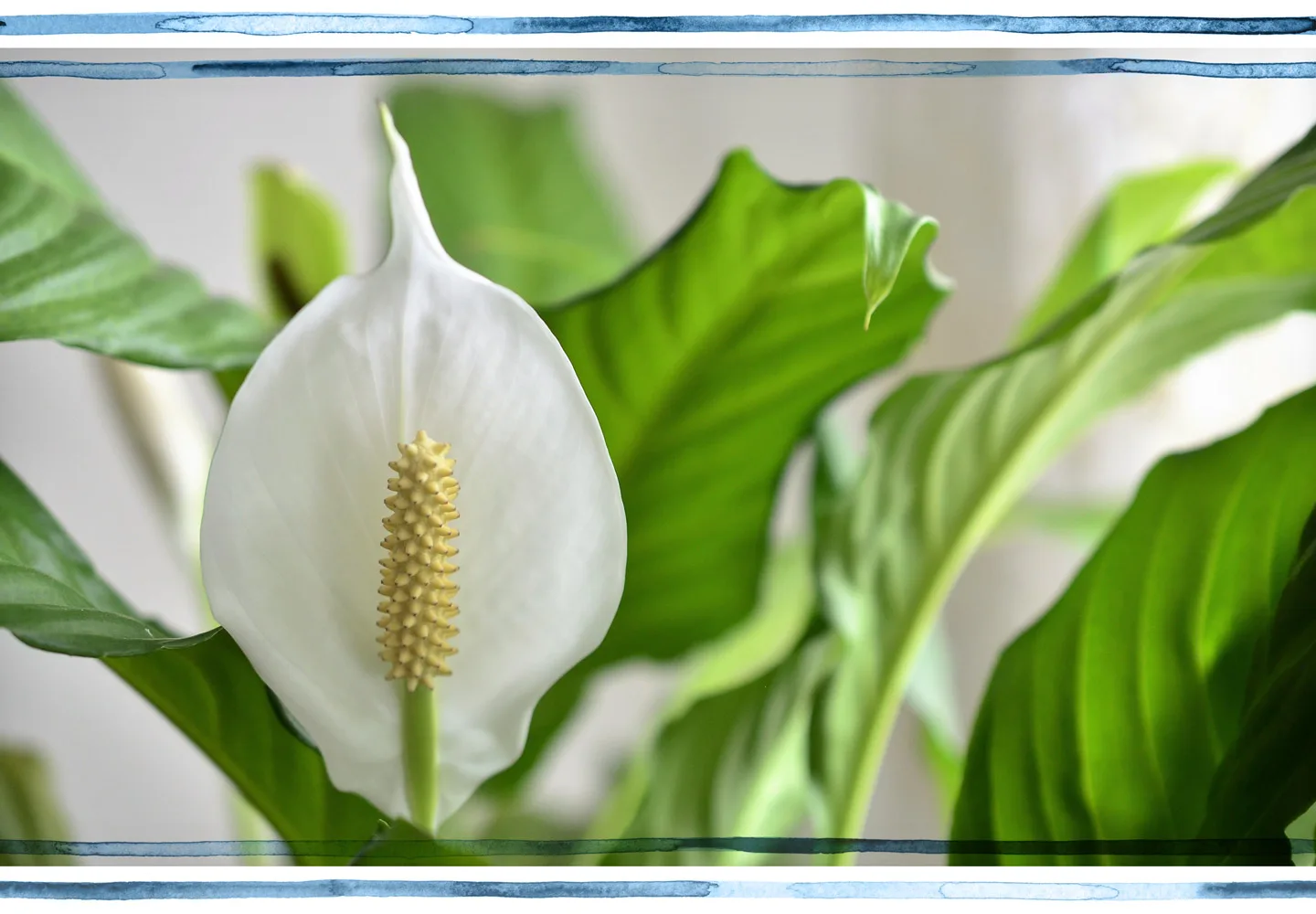March 07, 2019
Peace Lily Care Tips and Tricks
A peace lily is a tropical plant commonly found in Colombia and Venezuela. This type of lily is also a popular houseplant that can thrive indoors with proper care.
The elegant plant has a long, thin stalk that can reach over a foot tall indoors. Graceful deep green leaves extend around the flower in a lush frame. The spathe, or the large white “flower,” is actually a leaf shielding the spadix on one side. The spadix is the true flower of the plant, though it resembles a spiky and fleshy stem.
Because peace lilies are native to Latin American rainforests, cultivating them indoors can be tricky. However, once you find the perfect balance of light, water, and temperature, peace lily plant care is simple.
How to Care for a Peace Lily
Lighting
Peace lilies prefer indirect sunlight. In nature, they receive dappled sunlight on the forest floor so exposure to direct sunlight can actually harm your peace lily.
It’s best to place them near an East-facing window. Here they will receive warmth from the morning light while escaping the harsh afternoon sun. Peace lilies can also live in fluorescent lighting, making them great additions to windowless rooms.
Watering
Watering your peace lily on schedule is crucial. They are thirsty plants and will immediately start to droop when they need a drink. However, be careful not to overwater as this can lead to wilted leaves, root rot and pests.
It’s best to water them a few times a week with filtered, room temperature water. Peace lilies are sensitive to chemicals in tap water so using distilled water or rainwater is optimal. If tap water is your only option, let it stand overnight to allow the chemicals to disperse.
Environment
If you choose to grow your peace lilies indoors, you’ll have to replicate rainforest conditions. Ensure that the planter has drainage holes and that you use porous soil. You can boost the humidity level through a weekly misting or a gravel tray. Don’t forget to keep them away from chilly or drafty windows. The temperature should stay at or above 70 degrees Fahrenheit.
You can consider outdoor cultivation if you live in a warm, humid climate year-round. Take into account the level of rainfall before you water your peace lilies. They can sustain brief spans of dry soil and overwatering can cause problems.
Peace Lily Questions and Concerns
Are peace lilies poisonous?
Peace lilies aren’t toxic like true lilies, but they should still be kept out of reach from children and pets. They contain microscopic calcium oxalate crystals which, when ingested, cause excessive salivation and discomfort in the mouth and throat. When a large amount is swallowed, severe stomach irritation will follow.
How long do peace lily flowers last?
The flowers typically bloom in the spring and last several weeks when taken care of correctly. Though the plant is evergreen, it may not always flower. In fact, getting it to bloom can be so finicky that it may not bloom at all. If your peace lily isn’t blooming or the white spathes are discolored, modify its growing conditions.
Why is my peace lily plant drooping?
If your peace lily is drooping, it’s possible that it’s simply asking for some water. If it’s still not revived after a drink, you’ll have to reevaluate the other conditions — temperature, soil and sunlight. Because peace lilies enjoy a rainforest-like atmosphere, figuring out what it needs is similar to soothing a crying baby. Change one variable at a time without doing anything drastic.
Why are the leaves on my peace lily plant turning yellow?
Yellow leaves can be the result of various issues. Yellow streaks are the first indication that it’s getting too much light. However, yellow leaves are also caused by lack of water, pests and simply old age. Investigate your yellowed peace lily to find the source of the problem.
Should I repot my peace lily?
It’s advisable to repot your peace lily annually or biannually in the spring. The new soil will refresh your plant. However, you should only change the size of the planter if your peace lily has outgrown its pot. For reference, its container should be about twice as large as the root ball or central root mass. If your peace lily is thriving and becoming too large, you can also divide it into multiple plants.
Are peace lilies prone to pests or diseases?
Aphids, mealybugs, and spider mites pose a threat to peace lilies. These insects rob your plant of fluids and nutrients. What’s worse, aphids and mealybugs produce a sweet slime that attracts ants. Try to catch spider mites before they lay eggs to avoid a complete infestation.
If your peace lily is overrun with pests, shower it with room temperature water and spray it with insecticide. Cotton balls in rubbing alcohol are especially helpful in getting rid of mealybugs.
Precise peace lily care is essential in spurring its growth and blooming period. As long as the flower is well-placed in your home or office, peace lilies are fairly low-maintenance. For those that live in continuously warm and humid areas, the delicate flower with its white sheath is perfect for your yard.
Peace lilies also make thoughtful gifts for bereaved or troubled souls. They are sympathy plants thought to bring healing to the mind. In Feng Shui, peace lilies are believed to harmonize the energy of the home in order to create a calm and relaxing atmosphere. The flower is also a symbol of hope for those that have been in despair.
Whether purchasing a lily plant for yourself or a loved one, it’s important to know about peace lily plant care. Now you’re ready to grow your own or offer tips to others. Even if it’s not in bloom, the peace lily is a lovely plant.
Sources:
The Old Farmer’s Almanac I Gardening Know How 1, 2 I Garden Guides I Plant Care Today.





